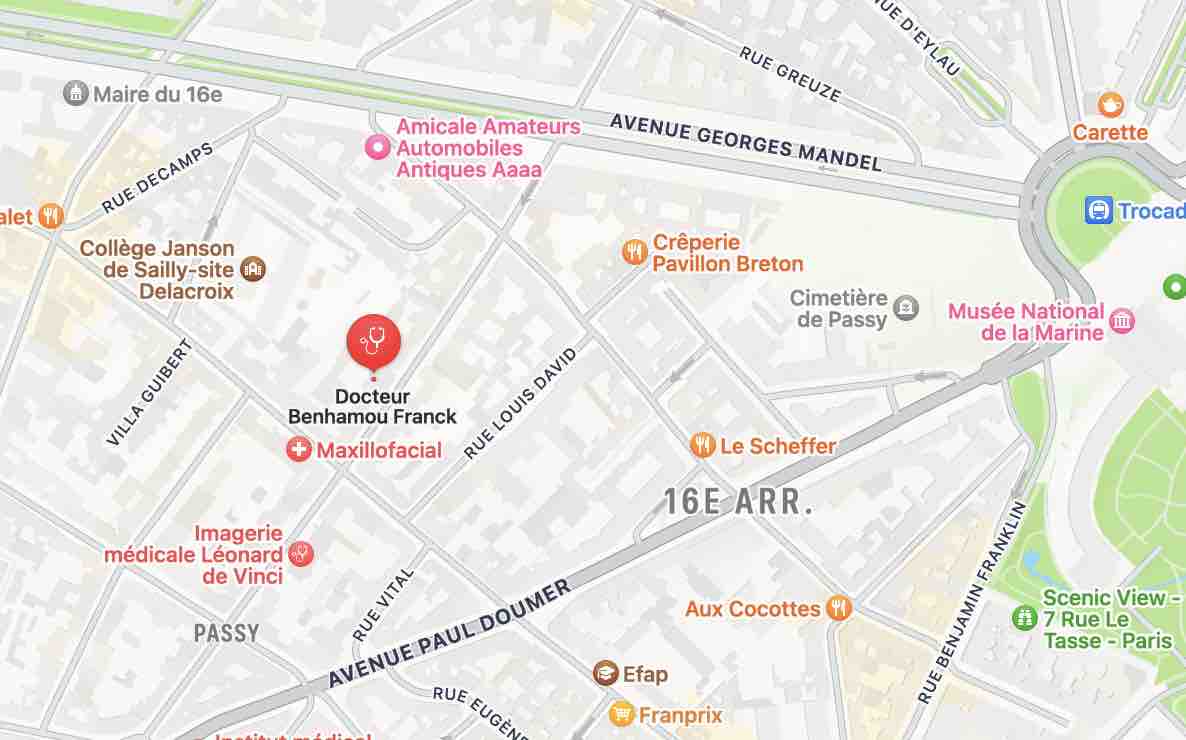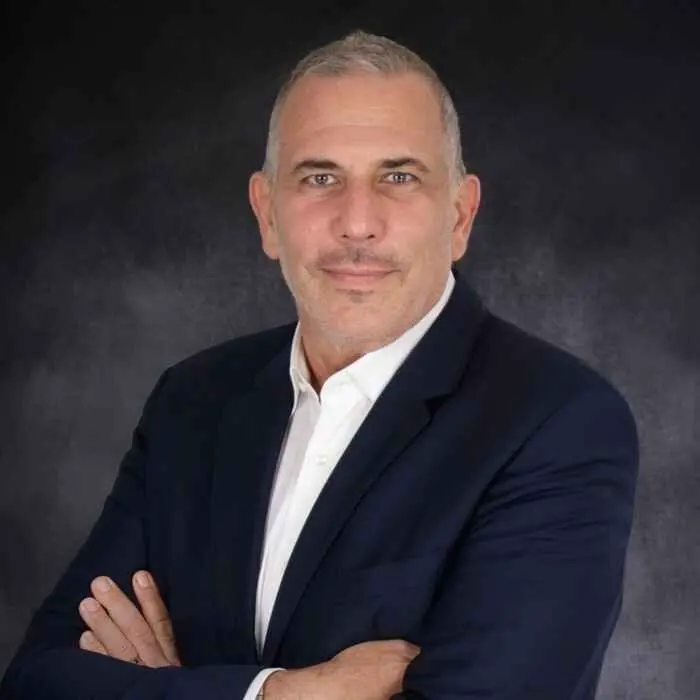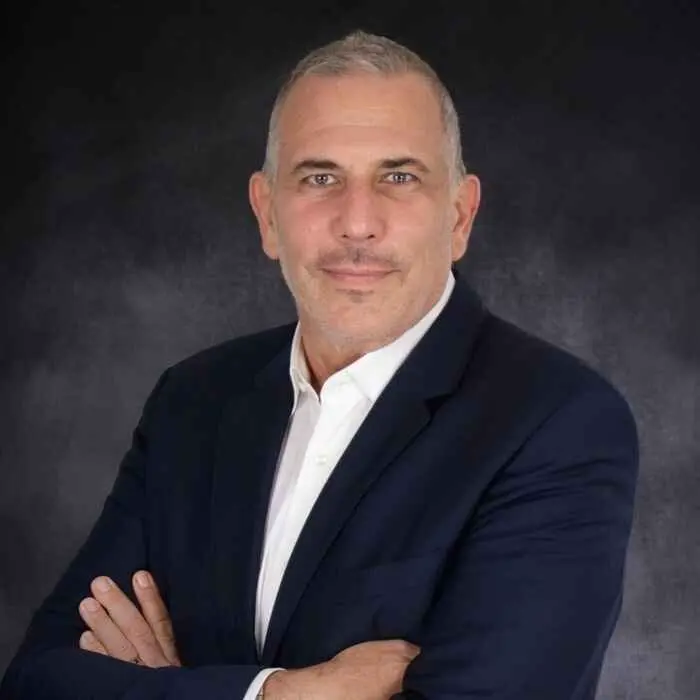- En /
- Aesthetic surgery /
- Hair Transplantation
HAIR TRANSPLANTATION
- Written by Dr. Franck Benhamou
- Publication date 21 novembre 2024
- Updated date 1 octobre 2025
The Surgery of Hair Transplantation
Hair loss is a serious problem as much for men than for women. Micro hair transplantation has transformed hair transplant surgery. It allows to reduce the importance of interventions and of residual scares in the area of the crown, from where hair is taken (where we are sure it will never fall), and is transplanted in the area of the forehead and bold patches.
A pre-op evaluation is made according to prescription.
Local anesthesia: surgery is most often performed under local anesthesia. The patient remains conscious and doesn’t feel any pain.
No hospitalisation is necessary, the surgery is of the ambulatory type, that is to say that the patient goes out on the same day, after a few hours surveillance.
About the surgery Hair Transplantation:
It is a three phases procedure :
- Removal phase : it consists on the removing of hair in the donor site at the back of the head, where hair do not fall. The taking of hair will not diminish hair density nor aggravate the patient’s baldness. It’s a small strip easily covered with hair.
- Cutting phase : the removed strip of hair is then cut into grafts units (follicular units). Each follicular unit is made of 1 to 3 hair. A capillary transplantation is measured by the number of transplanted grafts. The number of micro-grafts may go over 2000, which represents the double in number of hair.
- Implantation phase : the grafts implantation is made in the hairless area, with micro-needles, following the patient’s hair direction.
The patient goes out of hospital on the same day without any dressing.
The operation can last from one to two hours.
The post-surgery effects:
This type of surgery is usually not painful. For the micro-grafts, a small scab forms on each grafts, it will fall between 8 and 10 days. The transplanted hair falls along with the micro-scab, then it will grow anew around the third month.
Shampoos can be used 48 hours after surgery.
Going back to a gradual practice of sport activities will be possible since the fourth week after surgery.
Surgery side-effects are mainly the appearing of oedema (swelling) and ecchymosis (bruises) which importance may vary from one patient to another. A convalescence of four to eight days must be considered. Results : a delay of 3 to 6 months is necessary to appreciate the results.
Complications
After any kind of surgery, complications may occur. Here they are very limited because this type of surgery is performed only in centers having an agreement from the Health Ministry.
Good security practices can limit risks but do not suppress them.
Infection: very scarce when surgery is performed under optimal asepsis conditions. Only micro-abscesses may appear on suture stitches and are easily treated through local care.
Abnormal cicatrisation: very scarce on the grafts donor site.
Epidermal cysts: they may appear on transplanted hair but they spontaneously go away. However they are easy to remove if necessary and do not affect the final result.
The insensitivity of the donor site is only temporary.







